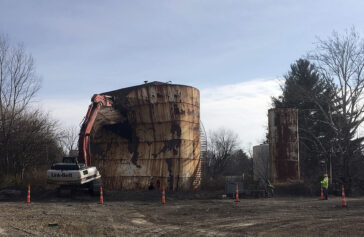May 13, 2022
Beat of the Week
(Honorable Mention)
All-formats package: Environmental workers facing violence
teamed up to vividly illustrate why environmental work is emerging as one of the world’s most dangerous professions, as seen through the lens of one such worker in Haiti. In 2020 alone, a record 227 environmental workers were killed globally, according to one human rights organization.Daniel reported from New York while Haiti video journalist Luxama and his colleague, photographer Joseph, followed marine biologist Jean Wiener during a rare trip to his native Haiti. Wiener has been forced to do most of his conservation work from afar because of rampant violence in his homeland.With tight collaboration between AP departments and bureaus, the compelling package of text and visuals transports readers to the ominously named Massacre River as Wiener confronts climate change in a poor nation hit hard by global warming — and violence.Read more

















